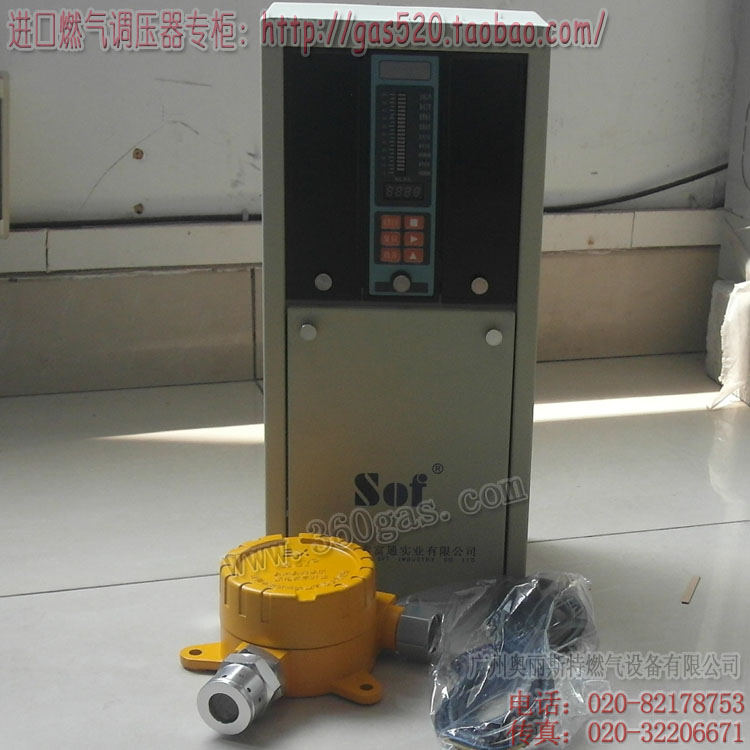位置:首页 > 燃气资讯 > Dallas Transit Rea
Dallas Transit Reaps Natural Gas Benefits
浏览次数 729 , 日期 2014-08-09 , 燃气设备 加入收藏
The population of Dallas, one of the largest cities in Texas,
In a letter posted in METRO Magazine’s Green Views blog, DART president and executive director Gary Thomas shared his perspective on DART’s decision to transition their entire bus fleet to CNG.
DART Chooses Clean Energy Natural Gas After Evaluating Alternative Fuels
This decision was made after careful analysis which included comparing and contrasting numerous alternative fuel options including “clean diesel” which didn’t offer significant greenhouse gas or fuel-cost reduction, and diesel/electric hybrid buses which were cost-prohibitive. CNG offered both a reduction in greenhouse gas emissions and fuel cost savings.
Clean Energy Powers DART with CNG & Builds Fueling Stations
To help DART make the switch Clean Energy Fuels agreed to design and build natural gas fuel stations at DART’s bus operating facilities. Four CNG fueling stations were built. When this transition is completed at the end of 2015, DART will be running 425 CNG buses and 200 para-transit vehicles.
“Natural gas is being taken as a serious transportation fuel, and the main reason that has happened is price,” said T. Boone Pickens, legendary energy expert and Dallas resident.
The transit operator has signed a multi-year agreement with natural gas provider Clean Energy to maintain its four CNG refueling stations.
Fuel Savings of Over $120 Million Over 10 Years
For transit authorities who have already made this switch, and for others like DART, the migration to natural gas has resulted in real savings, both monetarily and environmentally. With everything in place, DART will see savings of approximately $120 million over the next 10 years from fuel savings alone.
“Although CNG vehicles cost more than diesel vehicles, the fuel to run them saves $1.50 to $2 per gallon. This immediate cost reduction translates into major savings over the life of a vehicle”, Thomas explained.
Substantial Reductions in Greenhouse Gases
DART is expected to use approximately 7 million GGEs of CNG per year, which reduces greenhouse gases by 14,749 metric tons, the equivalent of taking 3,045 cars off the road.
Clean Energy Fuels Overview
Across the United States, a set of trends is converging that has left many metropolitan transit authorities facing bigger challenges than ever before. One of these convergences is the fact that in many cities public transit ridership have risen to an all-time high at the very time that fuel costs have stretched budgets to the breaking point. This has left many transit authorities seeking ways to trim costs and maximize efficiencies so they can continue to provide first-rate service to passengers who are sometimes completely dependent on public transit to reach work, school and healthcare appointments.
Another noteworthy trend is that in every major metropolitan area, except Chicago, the number of transit commuters increased outside urban cores but decreased inside them. This means that transit authorities will need to decide how to fund fleets that cover more miles, have a changing base of passengers and manage this evolution within tight cost constraints.
Snooper Mini煤气报警器,CH4甲烷报警器
boasting a population of 1.2 million, has a high reliance on public transportation. Dallas Area Rapid Transit (DART) was seeking ways to serve their ridership as economically as possible while managing their environmental footprint. They are achieving these goals with natural gas.In a letter posted in METRO Magazine’s Green Views blog, DART president and executive director Gary Thomas shared his perspective on DART’s decision to transition their entire bus fleet to CNG.
DART Chooses Clean Energy Natural Gas After Evaluating Alternative Fuels
This decision was made after careful analysis which included comparing and contrasting numerous alternative fuel options including “clean diesel” which didn’t offer significant greenhouse gas or fuel-cost reduction, and diesel/electric hybrid buses which were cost-prohibitive. CNG offered both a reduction in greenhouse gas emissions and fuel cost savings.
Clean Energy Powers DART with CNG & Builds Fueling Stations
To help DART make the switch Clean Energy Fuels agreed to design and build natural gas fuel stations at DART’s bus operating facilities. Four CNG fueling stations were built. When this transition is completed at the end of 2015, DART will be running 425 CNG buses and 200 para-transit vehicles.
“Natural gas is being taken as a serious transportation fuel, and the main reason that has happened is price,” said T. Boone Pickens, legendary energy expert and Dallas resident.
The transit operator has signed a multi-year agreement with natural gas provider Clean Energy to maintain its four CNG refueling stations.
Fuel Savings of Over $120 Million Over 10 Years
For transit authorities who have already made this switch, and for others like DART, the migration to natural gas has resulted in real savings, both monetarily and environmentally. With everything in place, DART will see savings of approximately $120 million over the next 10 years from fuel savings alone.
“Although CNG vehicles cost more than diesel vehicles, the fuel to run them saves $1.50 to $2 per gallon. This immediate cost reduction translates into major savings over the life of a vehicle”, Thomas explained.
Substantial Reductions in Greenhouse Gases
DART is expected to use approximately 7 million GGEs of CNG per year, which reduces greenhouse gases by 14,749 metric tons, the equivalent of taking 3,045 cars off the road.
Clean Energy Fuels Overview
Across the United States, a set of trends is converging that has left many metropolitan transit authorities facing bigger challenges than ever before. One of these convergences is the fact that in many cities public transit ridership have risen to an all-time high at the very time that fuel costs have stretched budgets to the breaking point. This has left many transit authorities seeking ways to trim costs and maximize efficiencies so they can continue to provide first-rate service to passengers who are sometimes completely dependent on public transit to reach work, school and healthcare appointments.
Another noteworthy trend is that in every major metropolitan area, except Chicago, the number of transit commuters increased outside urban cores but decreased inside them. This means that transit authorities will need to decide how to fund fleets that cover more miles, have a changing base of passengers and manage this evolution within tight cost constraints.








